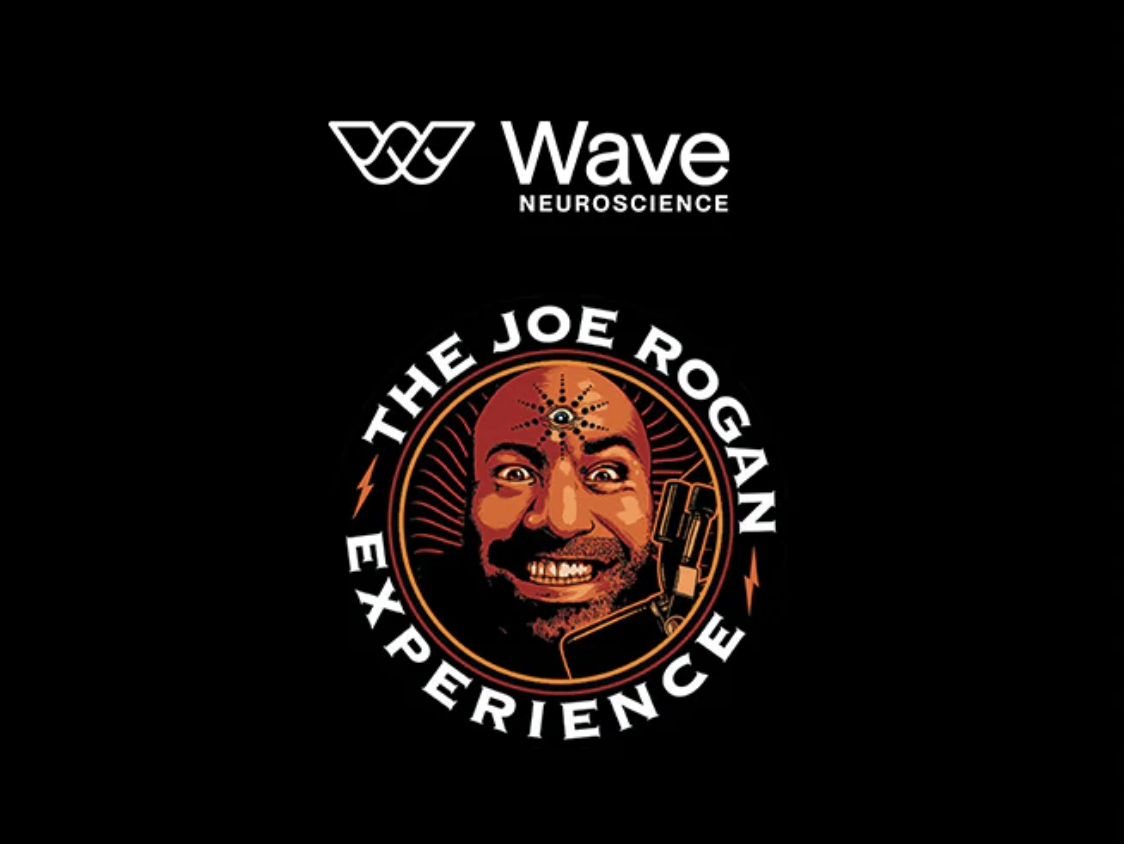
MeRT can transform your brain health.
This non-invasive, drug-free, emerging technology can restore balance to the brain, improving its function and communication.
What is MeRT?
MeRT®, or Magnetic Resonance Therapy, is a highly customized use of TMS (transcranial magnetic stimulation) based on sophisticated diagnostics.
This treatment is non-invasive, drug-free, painless, and effective for treating many neurological conditions.
We use gentle magnetic waves to increase brain activity in specific areas that need revitalization. How do we know which areas to treat? By using a quantitative EEG or qEEG. Also called “brain mapping,” this test shows us any disruptions in brainwave patterns. These patterns of disruption can help us identify conditions like learning and behavioral issues, emotional disorders, brain injury, and others.
MeRT treatment protocols have seen some incredible success in improving conditions such as Autism Spectrum Disorder, Post-Traumatic Stress Disorder (PTSD), Traumatic Brain Injuries, Depression, Anxiety, and many more.
How do brain disruptions happen?
The brain consists of around 100 billion neurons that interact with each other through tiny electrical oscillations known as brainwaves. Various factors can disrupt these interactions, including:
Sleep disorders
Congenital conditions
Chemical trauma or addiction
Acute head injuries
High levels of stress or emotional trauma
Disruptions can vary in severity, and everyone has different tolerance levels. However, with the right approach, we can improve the brain's function.
MeRT technology can reshape brain activity regardless of what caused the dysfunction. By measuring and analyzing your brainwave activity, we identify disruptions in your brain network and create treatment plans tailored specifically to your needs.
How does MeRT work to restore function to your brain?
We personalize MeRT treatment to achieve the best patient outcomes. MeRT combines sophisticated diagnostics with targeted TMS treatment in four steps:
1. Testing and Evaluation
We conduct an eyes-closed 10-minute quantitative electroencephalogram (q-EEG) and an electrocardiogram (EKG). These tests measure brainwave frequencies, heart rate, and brain-heart coherence. Testing is pain-free and performed right in our office.
2. Analysis and Review
We use a patented approach to analyze the test results carefully. Based on the analysis, we develop a treatment plan customized to your specific condition. All MeRT treatment parameters are overseen and approved by a licensed neurosurgeon or physician.
3. Personalized Treatment
While you’re sitting comfortably, a trained technician places the magnetic coil on your head to deliver your personalized treatment protocol. The technician applies stimulation for six to eightseconds per minute. A typical appointment is 45 minutes, 30 minutes of which involve stimulation.
4. Progress Evaluation
After every ten treatment sessions, we take new brainwave recordings to assess changes in your brainwave activity. This allows us to closely monitor your progress and make any necessary modifications to achieve the best possible outcome.
The MeRT platform is a patent-protected process that is being rigorously researched by the Department of Defense and several private institutions.
Call our New Patient Coordinator for more Information:
Or fill out our online inquiry form.
Revolutionizing Mental Health: Inside Pulse Braincare with Dr. David
In this interview, Dr. David walks us through:
How Pulse Braincare is helping patients with ASD, PTSD, Anxiety, Depression, and more.
The fascinating science behind MeRT and how it adjusts brainwave activity to improve mental health and optimize cognitive function.
What makes Pulse Braincare stand out as a leader in the neuromodulation space.
The role of their team of experts, including their Medical Director, Dr. Julie Kim, who has treated over 5,000 patients with groundbreaking success.
Pulse Braincare isn't just about technology—it's about personalized, patient-centered care that adjusts with each individual’s progress. Watch this video to learn more about their mission to revolutionize behavioral health and how they’re changing lives right here in Central Park, Denver.
Want to know more about how MeRT works?
Watch this video.
Frequently Asked Questions about MeRT
-
Standard TMS therapy delivers stimulation to one location at a fixed frequency. MeRT, on the other hand, tailors the treatment frequency and location based on each patient’s qEEG and EKG results. This customized approach can achieve more significant results than TMS alone.
-
During treatment, we deliver magnetic pulses to precisely targeted areas of the brain using a TMS magnet. A typical session includes:
Thirty trains of electromagnetic stimulation (a train is simply a sequence of magnetic pulses).
Each train is delivered for six seconds, followed by 54 seconds of rest between trains.
The entire session lasts approximately 45 minutes.
The electromagnetic stimulation is not painful, but you may feel a slight sensation like light taps on your head.
-
Results from MeRT are individual, depending on the initial symptoms, as each brain is unique. Our primary aim is functional recovery, which can result in some remarkable benefits:
Better sleep quality
Longer sleep duration
Reduced symptoms of stress
Less pain
Better concentration and focus
Mood improvement
Increased attention span
Improved sociability
Clearer thought
Increased motivation
Fewer cravings (e.g., drugs and alcohol)
Better emotional stability
Increased ability to adapt to change
Improved self-confidence and self-esteem
-
Everyone’s response to treatment will be different. Some people have noticed a response during the first two weeks of treatment. We perform a new qEEG and EKG at the end of every two-week treatment period to determine how the brain is responding.
-
Results can vary per individual. Most conditions treated with MeRT provide noticeable and long-lasting results after four to eight weeks. For most people, the longer they spend in MeRT therapy, the longer the changes remain.
-
Our current data using the MeRT approach shows few, generally mild, side effects. The most commonly reported side effect is a mild tension headache at the stimulation site, lasting one to two hours and responding well to over-the-counter pain relievers.
Other possible side effects are hyperactivity, increased agitation, or euphoria. With brain stimulation, there is also a risk of seizures; however, the risk is minimal with MeRT therapy.
We also limit the stimulation intensity to further reduce any possible risk of seizure activity.
-
Our equipment has been rigorously tested to high safety and quality standards and cleared by the US Food & Drug Administration. The TMS equipment used in MeRT is currently FDA-approved to treat Major Depressive Disorder (MDD) and Obsessive-compulsive Disorder (OCD).
Many studies show the effectiveness of MeRT treatment on various neurological conditions, and research is ongoing. We currently use MeRT off-label to treat autism, PTSD, anxiety, and traumatic brain injury and to optimize brain performance.
-
These are the contraindications for MeRT treatment:
Pacemaker
Defibrillator
Vagal nerve stimulator
VP Shunt/magnetic intracranial shunts
Deep brain stimulator
Epidural cortical stimulator
Steel shunts/stents
Cranial metal fragments (i.e., shrapnel, excluding titanium)
Cochlear implant
Aneurysm clips, coils, pipelines, flow diversion
Pregnant or breastfeeding
Primary brain cancer/metastatic legions in the brain (unless palliative care)
Magnetic dental implants
Implanted cardioverter defibrillators (ICD)
Ocular implants
The following require closer protocol attention and may or may not disqualify someone from receiving MeRT treatment, depending on the doctor’s discretion and the person’s condition:
History of seizure or seizure disorder
Titanium shunts/stents
Spinal cord stimulator
Hearing aids
Ferrous cortical implants
Magnetic ink tattoo
Bipolar disorder type I/II
Baha implant
Call our New Patient Coordinator for more Information:
Or fill out our online inquiry form.
Media
MeRT is science-backed and evidence-based.
Click the links below to read research papers from leading professionals.
Contact us to find out if MeRT is right for you.
We know that trying a new treatment can be intimidating. That’s why we want to make it as easy as possible for you to get all the information you need.
Simply call our New Patient Coordinator for a complimentary consultation. She will spend all the time you need to get your questions answered. She’ll also provide complete information about our treatment protocols and what to expect. And she can help schedule your first appointment with our clinic, to see if MeRT is the right treatment for you.
Call our New Patient Coordinator for more Information:
Or, just fill out this inquiry form.















